I have often said over the years that the biggest thing, in my opinion, that makes for a really well painted model is the composition.
How the model is composed really sets the tone. You can apply all the best painting techniques known to humankind, but if the composition is poor then the model will fall flat.
Composition is a pretty broad term though, so I thought I would explain what I mean.
Composition by definition is:
the nature of something’s ingredients or constituents; the way in which a whole or mixture is made up: the social composition of villages.
It is how everything coalesces, the sum of the parts. That’s why I say that technique is not everything. You could say it’s the choice of model used, the pose, the colors, etc. But, in short, it’s the feeling the model conveys.
When I work on a model I spend time determining just that, what am I looking to communicate?
It could be a simple concept like heroism or evil. It could also be something more complex like intellect.
I won’t claim to manage it every time I try, but it’s my goal going into it.
Body Language
The question becomes how do you relay an intangible thing like feeling or mood?
One thing to think about is how we, as humans, express these type of things, like through body language. On a model that of course translates into pose and choice of bits used.
If you want to show anger on a model then you aren’t going to use a smiling head, you’re going to use a head that looks angry. The pose of the model will be tense, like an action pose.
Something small to consider as well, speaking of heads, is the position of the head. Don’t just glue it on dead straight. Think about the rest of the model.
If the model is in an action pose then position the head to be looking towards where the action should be. Lowering the position of the head so it’s looking down a little is one way to help express anger, where tilting it slightly to a side could show inquisition or curiosity.
The head on the below model is slightly lowered. The result is to convey a threat. Coupled with heavily shaded eyes to darken the area, gives an evil feel.
This model I posed awkwardly intentionally. I wanted him to seem so anxious to get into combat that he was just throwing himself into it. Granted, Berzerker kits are awkward to begin with.
Along with the model’s pose, think about supporting features. Are there any other things you can add to the model to express your intention?
If you’re after an angry rampaging model then something like a dead body on the base works, or maybe some skulls added to the base or model itself.
The trick is to not overdo it though. There’s a fine line between supporting the model and overwhelming it.
Colors
The next big thing I think about are the colors to use. If you’re working on an entire army then odds are there are already some established colors.
My army leaders share the same colored armor as the rest of my army, so where I can use different colors to alter composition is more limited. For one-off models though, you have an entire color palette to work with.
Going back to the army though, the same holds true here as I’ve already mentioned about setting the tone.
Take my Chaos Marines. I wanted a dark brooding feeling with them and my color choices reflect that. Their armor is black and sombre grey (a blue’ish grey), and also done in a half scheme.
The half scheme was a choice with regards to composition. The idea being the black is the darkness (mood, not literal darkness), of the model, where the sombre grey is that really, sombre and gloomy.
The half scheme is to reflect the merging of those moods, as two separate elements, into one being, one emotion.
With the colors you use you need to consider the color tone. If you’re working on a model that’s angelic and righteous then you will lean towards brighter colors to help show that. If you take those same colors, but use darker tones, say a blood red compared to bright fire engine red, then the tone of the model also changes.
The color you prime the model is the first step. Black primer gives darker tones where a white primer will be brighter, and grey primer in between.
What colors you use for shading and highlighting will continue and further push the mood being set.
For example, on my Chaos Marines I highlight the black with that same sombre grey color I use on the other side of the model. Using blues for highlights on black, I feel, gives a darker feeling to the model. If you were to use grey to highlight black then the feeling is completely different.
I have a guide on how to paint black that covers this in more depth.
Reds are the same way. Highlighting reds with brighter reds gives a different feeling than highlighting reds with oranges or yellows, which gives a warmer tone.
Take the below model. I wanted the staff’s eye to be emitting a warm, fiery glow. I see fire as a sign of power.
So, I worked with bright reds and warm oranges to create the effect. If you can see the gem on helmet, that was mostly with reds, and the effect is not as warming.
Shading is the same way. If you’re shading blues with black then it feels grittier and darker in nature than shading blues with darker blues.
There’s no right or wrong way to go about it either, and I’m by no means an expert on how every color impacts our mood, but I know it does, so I just experiment until I get the emotion from the model I’m after.
That being said, there is a psychology to color choices that you can read about.
Small Stuff
Every small item on a model is part of the composition and should be considered. It’s those details that will enhance your intention and sell it.
I was working on my Chaos Lord and one of the things I considered was the skulls on the model’s backpack. I paint skulls a few different ways depending on my goal with the model.
On my Chaos Lord I opted to use black for shading and kept the white muted. The skulls lend nice contrast to the model, but not so much as to be distracting, and instead incorporate with the mood of the model. I also shade the sombre grey armor parts with black so it all ties together as well.
Whether it’s a cape, belt or grenade, give it some thought before just tossing some paint on there.
Basing
Do not overlook basing as a critical element in the composition. You are literally setting a scene with the basing, so put some thought into it.
The basing doesn’t need to be complicated either, just enhance what you’re trying to portray.
As you’ve seen above, I use a snow basing method on my Chaos Marines. I had chosen to do snow because, to me, snow represents purity. It’s white, fluffy, carefree, and calming – pure. Chaos Space Marines are anything but those things, so I wanted to create a contrast between the model and the setting, and not just with color – though that is there as well.
As you can tell, I look for symbolism in a lot of what I do. I feel it helps tell a story with something that’s otherwise static.
Painting Style
The last composition element I want to mention is the painting style. You can follow that link for more info, but in short it’s how you approach painting the model. Some people use lots of subtle layers and paint very smooth. Others use a few colors and create stark contrasts, while others paint very abstract.

There are countless styles and they all impact the feel of the model. Painting a model with a lot of built up layers from shade to highlight gives off one vibe, where a model with really dark shading and painted with rigid lines is yet another.
Technique
Finally you have technique; how you manage to accomplish the task at hand. As I said in the opening, I feel this is the least important thing and why I do not include it in the composition process.
Whether you choose to give a power weapon a glowing effect using a blending technique, or dry brushing is ultimately moot, so long as composition is there it will work regardless.
I have seen models that were painted simply, but used one or two really good painting techniques to draw the eye and pull it all together into a well composed piece.
Don’t let technique be a hang up, or an excuse to not try something you know will really enhance the model. Often times simple techniques can accomplish more.
In Closing
Hopefully you stuck through it and found something useful contained in my mind’s ramblings.
- Creative Twilight’s Future and My Thoughts (Feedback Welcomed!) - December 4, 2021
- My Top Gift Ideas for Miniature Painters & Hobbyists + Gifts to Avoid - December 2, 2021
- The Year That Was 2020 and Where I’ve Been - January 17, 2021
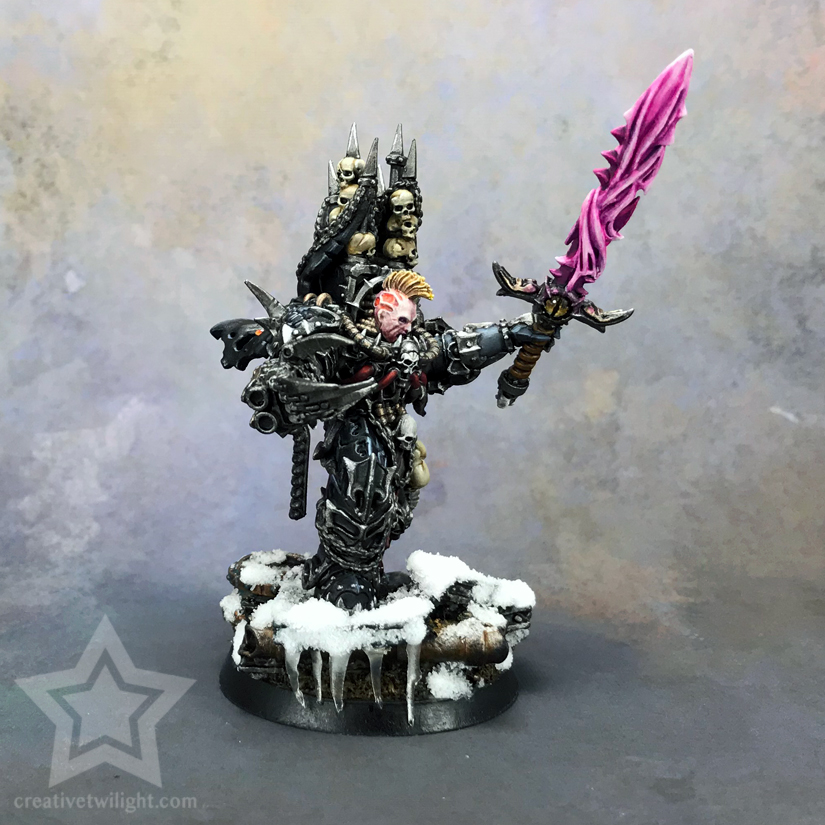
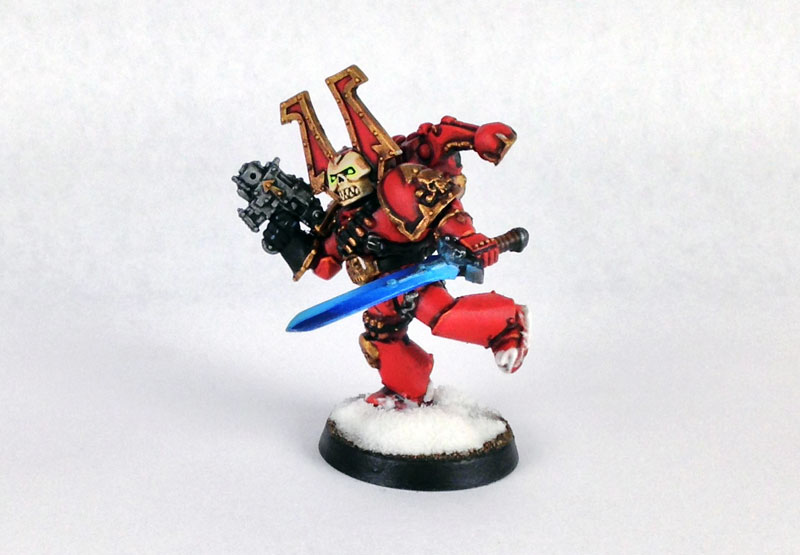
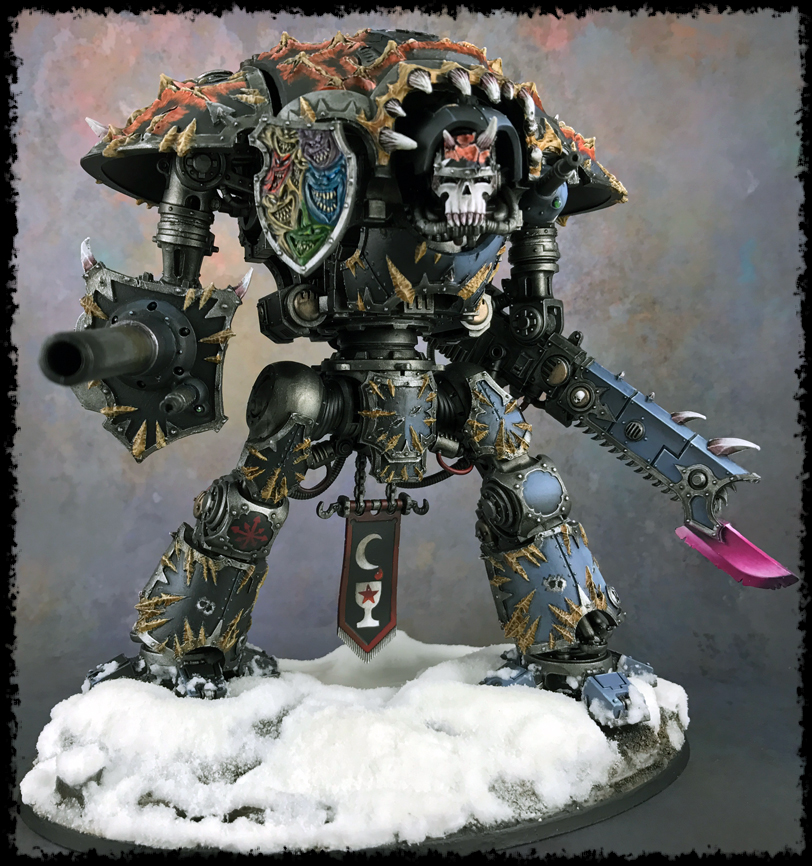
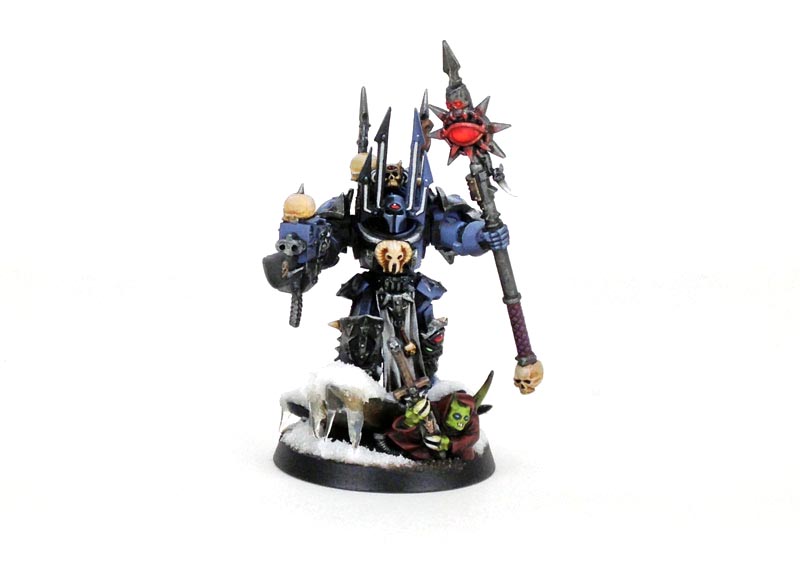
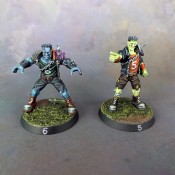
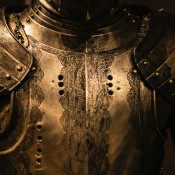
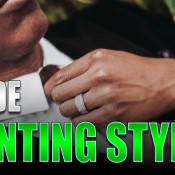
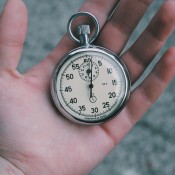
Very good post on something that’s easily overlooked, or just not thought about. I agree – people without a great deal of technical ability can still produce some great looking armies if they get the composition right.
Thanks.
I agree that it’s often overlooked. People put so much focus on technique and getting something just right that the composition gets lost or overshadowed in the process. Some of my favorite armies I’ve seen aren’t the most well executed paint jobs but have awesome composition.
Good food for thought. When I’m painting I spend far more time trying to decide what colors to use than how I’ll apply them. I do some experimentation with technique but for the most part it’s second nature at this point. Once I decide the color the technique is is driven by that color choice.
There is a lot of information out there about composition in sculpture and color theory, it really is an important and complicated subject. I haven’t read much of it though. I tend to look at a lot of other people’s work and ultimately, like you, go with what looks good to me.
Do the colors you are planning to use affect your modelling decisions? I try to evoke mood with posing and use gear to express the model’s status/specialties. I tend to model with little thought toward the colors (which I’ve usually determined for the army as a whole) then try to fit the color choices to the model afterward.
I always build the model first and then determine colors. Building the model is the foundation, getting the pose just right, adding on the right details, etc. The pose then determines my color choices as I look at those as a way to enhance the established mood.
Like everyone else I already have that core army color set. As I mentioned above, that was a conscious choice though to set the mood with the army itself. Once the modeling is done it really just leaves details to work on, as far as color choices go, but those details – be it from the modeling perspective or painting – are just as important.
Very well said.